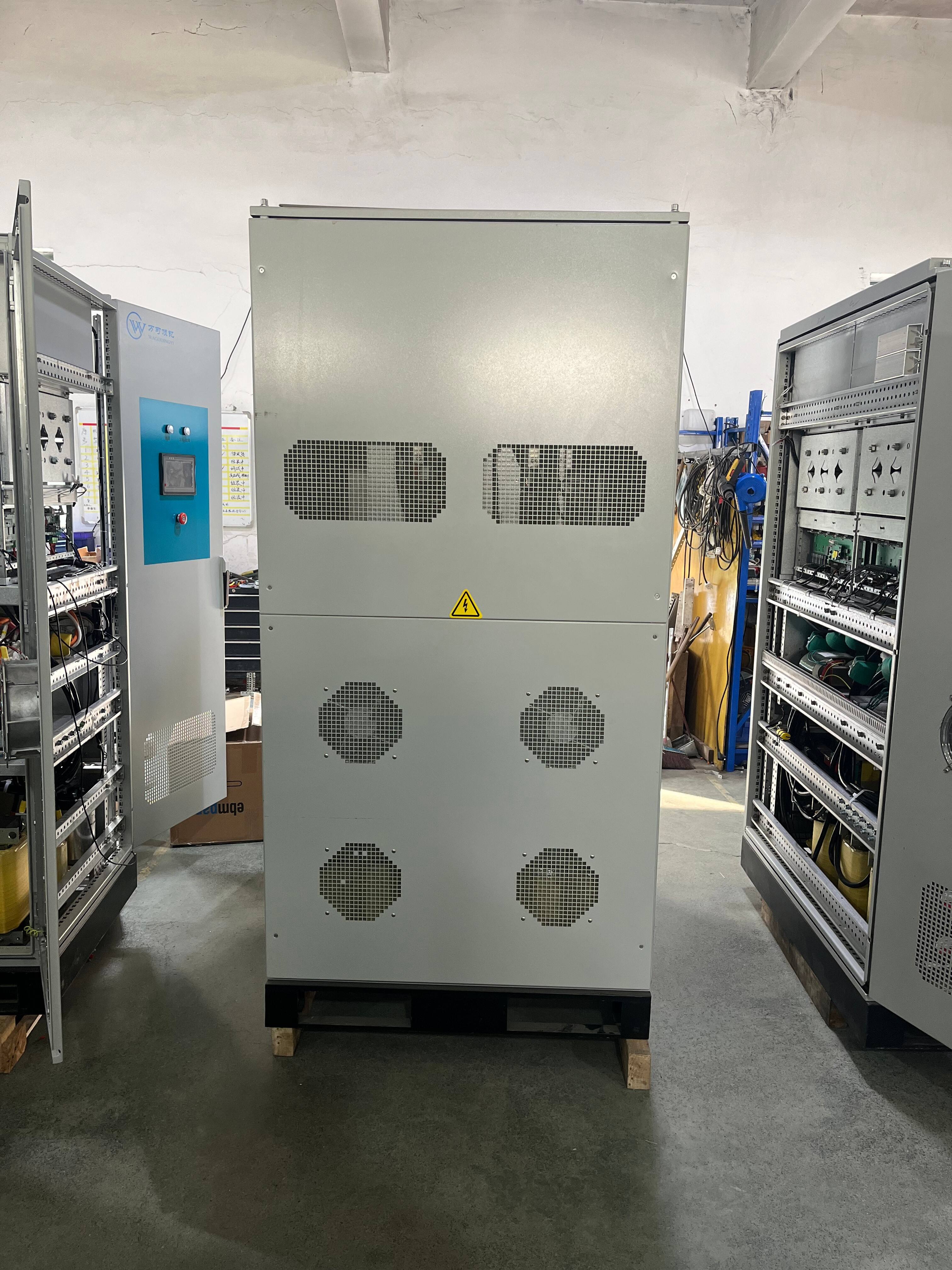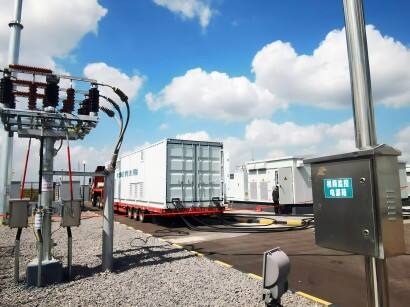dynamic load testing
Dynamic load testing is a sophisticated method of evaluating structural integrity and performance under simulated real-world conditions. This testing methodology involves applying varying loads to structures, systems, or components to assess their behavior, durability, and safety limits. The process utilizes advanced sensors, data acquisition systems, and analysis software to measure and record responses to different load patterns. Testing can be conducted through various methods, including impact testing, cyclic loading, and continuous vibration analysis. The technology enables engineers to verify design specifications, identify potential weaknesses, and ensure compliance with safety standards. Applications span across multiple industries, from construction and civil engineering to automotive and aerospace sectors. The testing process typically monitors key parameters such as displacement, acceleration, strain, and stress distributions. Modern dynamic load testing systems incorporate real-time monitoring capabilities, allowing for immediate data analysis and rapid response to any anomalies. This comprehensive approach helps in understanding both the immediate and long-term structural responses, making it an essential tool for quality assurance and risk management.




